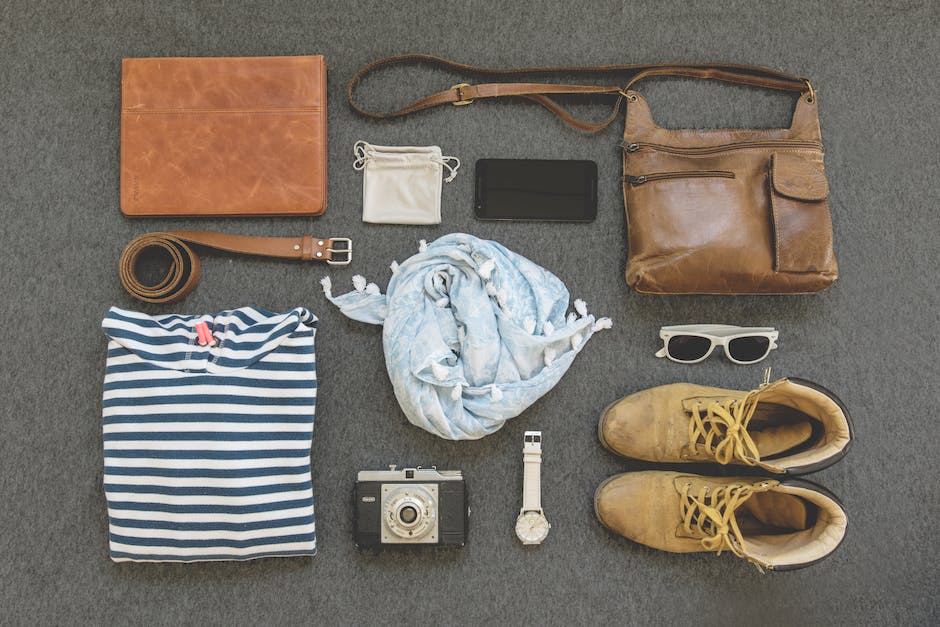
“Good-fitting sandals step up your style and comfort game.”
Sandal Savvy: How Should Sandals Fit?
Summer is here, and it’s time to break out those sandals! As you slip them on, you may be wondering how your sandals should fit. After all, a poorly fitting sandal can lead to blisters, discomfort, and even injuries. In this article, we’ll explore how your sandals should fit to keep your feet happy and healthy all summer long.
The Importance of Proper Fit
Wearing sandals that fit properly is essential for your foot health. Ill-fitting sandals can cause a variety of problems, including:
Blisters
When sandals are too loose or too tight, they can cause blisters on your feet. This is especially true if you’re wearing a new pair of sandals that haven’t been broken in yet.
Calluses and Corns
When sandals are too loose, your feet can slide around inside them, causing friction that can lead to calluses and corns.
Arch Pain
Sandals that are too flat or don’t provide enough support can cause arch pain.
Plantar Fasciitis
Wearing sandals with poor arch support can also contribute to plantar fasciitis, a painful condition that affects the heel and arch of the foot.
Now that we know why proper fit is so important, let’s explore how your sandals should fit.

How Should Sandals Fit?
When trying on sandals, there are a few things to keep in mind to ensure a proper fit. Here are some tips:
Length
Your sandals should be the right length for your foot. If your toes are hanging off the edge of the sandal, they’re too small. If you have a lot of extra space at the end of the sandal, they’re too big. Aim for a sandal that provides a little bit of space at the end of your toes, but not so much that your foot is sliding around inside.
Width
Your sandals should be the right width for your foot. If your foot is hanging over the edge of the sandal, they’re too narrow. If there’s a lot of extra space on the sides of the sandal, they’re too wide.
Arch Support
Sandals should provide some arch support to prevent pain and discomfort. Look for sandals with a contoured footbed or built-in arch support.
Straps
The straps on your sandals should fit snugly but not be too tight. You should be able to slide your finger between the strap and your foot without it being too loose or too tight.
Heel
The heel of your sandal should fit snugly against your foot without rubbing or slipping. If the heel is too loose, it can cause blisters.
By following these tips, you can find a sandal that fits properly and keeps your feet happy.
Other Considerations
While fit is the most important factor when it comes to choosing sandals, there are a few other things to consider:
Material
The material of your sandals can affect how they fit, feel, and wear over time. Leather sandals tend to stretch, while synthetic materials may not stretch as much.
Activity
If you’re planning to wear your sandals for a specific activity, like hiking or walking long distances, you may want to choose sandals that provide extra support or have a more rugged sole.
Style
Of course, style is important too! There are so many different styles of sandals to choose from, so find a pair that you love and that fit properly.
Sandal Savvy Tips
Here are a few extra tips to keep your sandals in tip-top shape:
- Keep them clean and dry to prevent odors and bacteria
- Invest in a good pair of insoles for added support
- Rotate your sandals so they have time to air out and recover after being worn
With these tips in mind, you’ll be sandal savvy in no time!

Conclusion: Sandal Savvy
Now that you know how your sandals should fit, you can enjoy all of your summer activities with happy, healthy feet. Remember to choose sandals that fit properly in terms of length, width, arch support, straps, and heel. Consider the material, activity, and style when making your selection.
Frequently asked questions
Why is it important to wear properly fitting sandals?
Wearing sandals that fit properly is essential for foot health. Ill-fitting sandals can cause blisters, calluses, corns, arch pain, and plantar fasciitis.
How should sandals fit in terms of length?
Sandals should be the right length for your foot. They should provide a little bit of space at the end of your toes, but not so much that your foot is sliding around inside.
How should sandals fit in terms of width?
Sandals should be the right width for your foot. They should not be too narrow or too wide.
Do sandals need to provide arch support?
Yes, sandals should provide some arch support to prevent pain and discomfort. Look for sandals with a contoured footbed or built-in arch support.
What other factors should I consider when choosing sandals?
Consider the material, activity, and style when choosing sandals. The material can affect fit, feel, and wear over time. Choose sandals that provide extra support or have a more rugged sole if you plan to wear them for specific activities. Lastly, choose a style that you love and that fits properly.
How can I keep my sandals in good condition?
Keep your sandals clean and dry to prevent odors and bacteria. Consider investing in a good pair of insoles for added support. Also, rotate your sandals so they have time to air out and recover after being worn.

Patricia Merken
Interior design blogger
Neat freak and shoe lover. American expat in Switzerland.
Blogger and mom. Blogs at Footweardrobe.
Keep Reading
More articles in the category: Wearing Shoes and Boots:






































